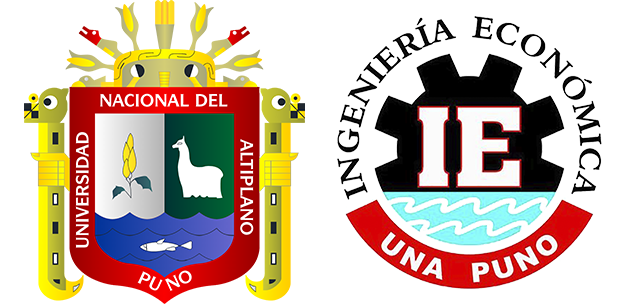Estimación paramétrica y no paramétrica de la disponibilidad a pagar por los beneficios recreativos de un proyecto de recuperación y conservación en el complejo club de pueblo Salcedo, Puno, Perú -2012
DOI:
https://doi.org/10.26867/se.2018.v07i1.73Palabras clave:
Beneficio recreativo, paramétrico, no paramétrico, valor económico, valoración contingenteResumen
El complejo recreacional club del pueblo Salcedo, Puno, Perú presenta características propias de un bien público, puesto que en ella se realizan actividades deportivas y recreativas al aire libre, sin pago alguno, lo que conduce a una ineficiente asignación de recursos. El beneficio económico derivado del aprovechamiento de las bondades recreativas del complejo puede representar una fuente significativa de ingresos para realizar labores de recuperación y conservación. El objetivo del estudio es estimar la disposición media a pagar por los beneficios recreativos que proporcionaría un proyecto de recuperación y conservación del complejo, empleando técnicas paramétricas y no paramétricas. Se aplicó una encuesta para la valoración contingente con formato binario tipo referéndum a 361 personas que visitan regularmente el complejo con fines recreativos. Específicamente se estimaron medidas de cambio en el bienestar, empleando el método de valoración contingente y técnicas estimación paramétricas y no paramétricas. Posteriormente, estas medidas se compararon estadísticamente por medio de la construcción de intervalos de confianza. Los resultados confirman que no existe diferencia estadística significativa (5%) entre las estimaciones paramétrica (s/. 4.13) y no paramétrica de Kriström (s/. 3.79). No ocurriendo esto cuando se le compara con la estimación no paramétrica de Haab & McConnell (s/. 2.93). La estimación hecha con la técnica de Haab & McConnell subvalora los beneficios recreativos que proporciona el complejo recreacional club del pueblo.
















